The Mobility of the Future is Smart, Green, Inclusive and Healthy
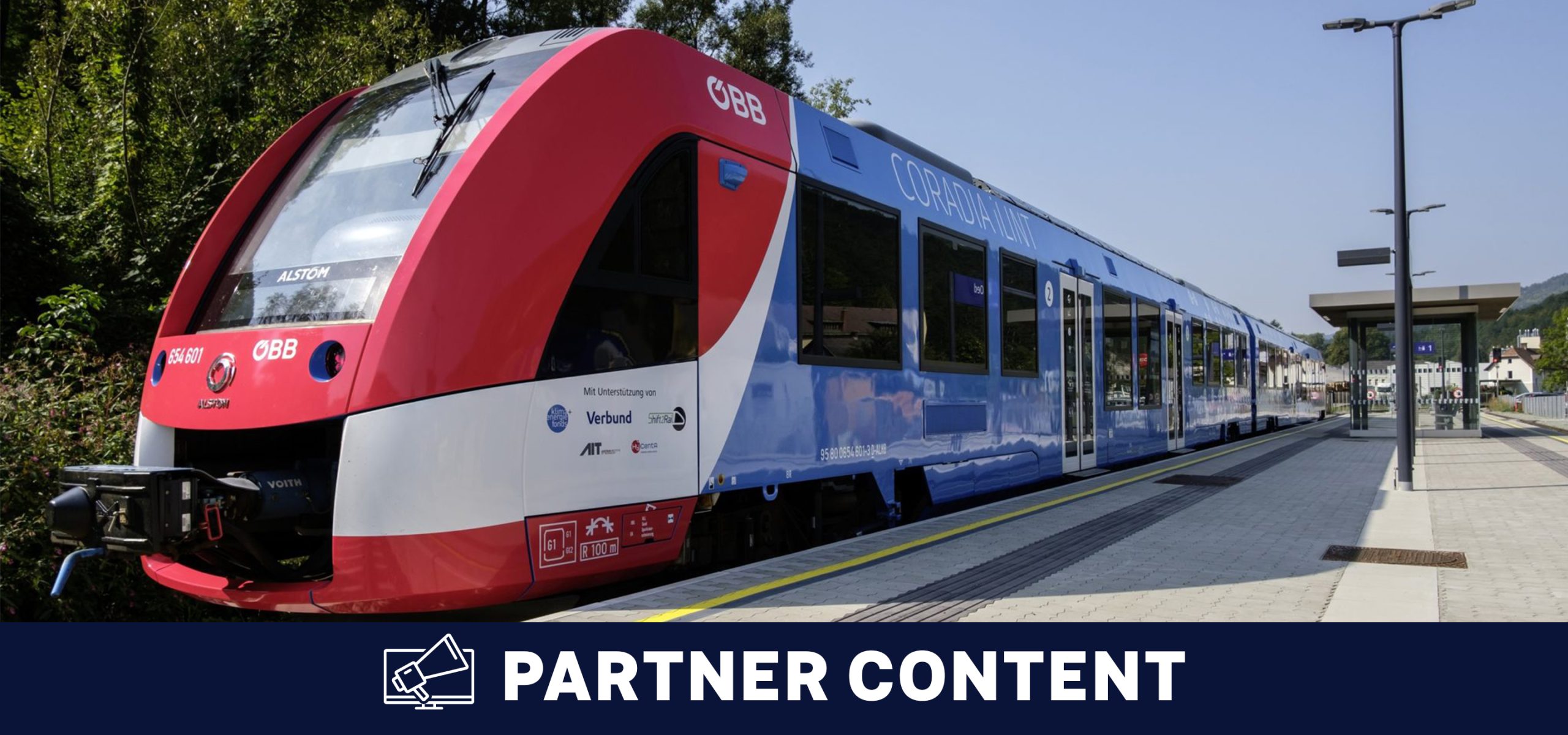
Innovation drives our growth
Innovation is part of our Alstom in Motion 2025 strategy. It has brought us to where we are today, and we want to go even further. With the new scale and combined expertise, Alstom has doubled its innovation capacity and we will support this growth by doubling the financial investments in R&D, up to 600 million euros (875 million Canadian dollars) per year by 2024.
Alstom has long been a leader in smart and green mobility. This leadership has been further validated by our customers who choose solutions such as the Coradia iLint , a hydrogen-powered train, or our driverless automatic metro solutions managed by reliable, high-performance digital signalling. The mobility of the future must also meet the needs of all passengers, regardless of their circumstances. Finally, it must provide a healthy environment, both for our customers, the operators, and for their customers, the passengers. This is Alstom’s innovation roadmap for creating the mobility of the future, today.
Green Mobility, Smart Mobility and Inclusive & Healthier Mobility™
We anticipate and respond to the needs of our customers. Today, that means we need to create solutions for tomorrow that are green, smart, inclusive and healthy and these three key innovation priorities go beyond the innovation of products per se.
Green Mobility: Lead societies to a low carbon future
Green Mobility is strongly embedded into Alstom’s strategy, with innovation in all product lines for green traction, energy management and eco-design. To make mobility even greener, we are looking at the full value chain of rail mobility to identify areas of improvement. This involves new solutions and business models for mobility systems that are complementary to established product lines and supporting regions and customers with end-to-end systems analysis and optimization.

The Coradia iLint™ is the world’s first passenger train powered by a hydrogen fuel cell, which produces electrical power for traction. This zero-emission train emits low levels of noise, with exhaust being only steam and condensed water. The Coradia iLint™ is special for its combination of different innovative elements: clean energy conversion, flexible energy storage in batteries, and smart management of traction power and available energy. Specifically designed for operation on non-electrified lines, it enables clean, sustainable train operation while ensuring high levels of performance.
Smart Mobility: Make mobility simple to operate and ride
Mobility data innovation team
At the core of smart mobility are data: capturing them, interpreting them and acting on the insights they deliver. Leveraging the expertise of 200 experts in data architecture, data science and computer vision, Alstom’s Mobility Data Innovation Unit is a key enabler of our smart solutions.
Covering a range of end-to-end solutions in Operations, Maintenance, Security, City Flow and Digital Twinning, our Mobility Data Platform is a prime example of Alstom’s innovation in action. This platform allows us to manage data flow across our installed base both onboard and on the wayside, and also enables integration into the broader mobility ecosystem. Data innovations like Mastria enable us to support our clients with passenger flow and multimodal orchestration, two issues with increasing importance in a post-pandemic world.
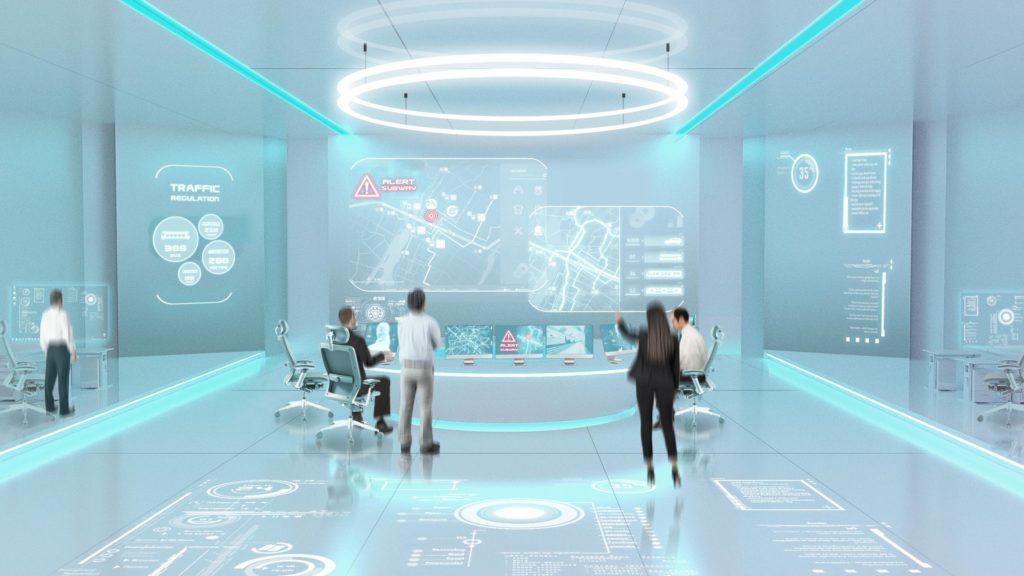
Autonomous mobility: digital driving is a reality
While mass transit rail has enjoyed driverless operation for some time based on signalling, advanced safety technologies in perception, obstacle detection, artificial intelligence (AI) and more are enabling the march towards autonomous mobility for road as well. This is an area of active exploration for Alstom with an ongoing partnership with EasyMile on autonomous shuttles. Building on our safety expertise in rail, Alstom is supporting autonomous mobility on the road through V2X digital technologies allowing the vehicle to communicate with infrastructure such as a traffic light or a crosswalk. We are actively building digital tools to increase the autonomous level and be an enabler of the broader deployment of this market.
In railway, we have different solutions from driving assistance from the yard to the mainline, for example, through to digital technology allowing full autonomy “as the eyes of the better driver”. Our goal is to see both autonomous passenger trains and autonomous freight trains deployed for testing in the next few years and for commercial operation by 2025.
Inclusive and Healthier Mobility™
Building on smart and green mobility are two key trends where we are already delivering solutions and actively innovating to design more.
Inclusive mobility
Mobility is a fundamental right and transport systems must be accessible to everyone. Public transportation must be inclusive and accessible for every passenger. Innovation in this space means empowering every passenger to enter and exit railcars without difficulty, whether they are in a wheelchair, walking a bike or pushing a stroller. Or making every passenger feel welcome during the whole time aboard through priority seating, visual and auditory information and emergency precautions.
Inclusive mobility is at the heart of Alstom’s Mobility strategy that is why we are looking for innovative solutions to meet the needs of every passenger on ever trip.
Healthier Mobility™
Healthier Mobility™ is an area where Alstom is quite advanced with commercially available solutions cutting across three categories: Cleaning & Disinfection; Contact Surfaces; and Air Treatment.
We are looking at a series of innovations such as:
- Disinfection by robotized nebulizer
- New anchoring tools for contactless ridership
- Cleaning without chemicals
- Coatings without mutations and with bacterial resistance
Like smart, green and inclusive, Healthier Mobility™ is a continuously evolving area ripe for innovation such that Alstom can move the world towards sustainability.
This partner content was produced for Impulsion MTL 2021 – The International Fleet Management Forum.
Continue reading on the subject

The challenges of designing a 40-tonne, 100% electric mining vehicle for open-pit mines
Partnerships and implications The partners involved in the development of a 100% electric Quebec mining vehicle were all eager to be involved with the project from the outset, for a variety of reasons. NRC’s Eddy Zuppel explained their contribution: “Before starting the project, it was important to model and simulate the vehicle’s route in order […]
Read more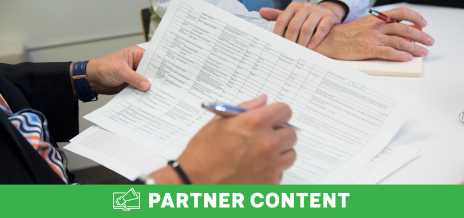
Energy efficiency: Financial support to put your ideas into action
Leading a company involves balancing several priorities at the same time. Energy efficiency? It’s an important issue—one of many! What if we gave you what you need to make energy efficiency a driving force behind your company’s performance and profitability? The good news is, Hydro-Québec offers financial assistance and guidance to help you balance performance and energy efficiency.
Read more
My Consumption Profile: data that lets you strategically manage your electricity use
Companies have a critical role to play in the energy transition. Knowing that energy efficiency factors big into profitability, your organization will benefit from strategically managing its electricity use. The key? Your data!
Read more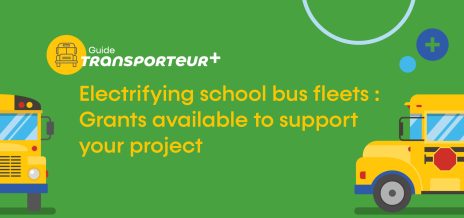
Electrifying school bus fleets : Grants available to support your project
In this series of articles, we demystify the key steps of converting your school bus fleet to electric power thanks to the Transporteur+ guide. This guide aims to provide easy and direct access to resources to clarify the steps, issues, conditions and facilitating measures for a successful transition to electrification.
Read more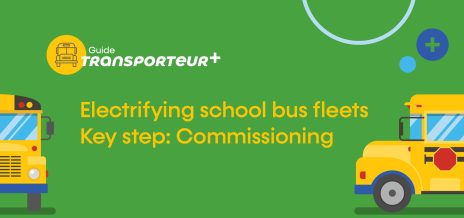
Electrifying school bus fleets | Key step : Comissioning
In this series of articles, we demystify the key steps of converting your school bus fleet to electric power thanks to the Transporteur+ guide. This guide aims to provide easy and direct access to resources to clarify the steps, issues, conditions and facilitating measures for a successful transition to electrification.
Read more
FINANCING | $50 million from Finalta Capital in non-dilutive financing dedicated to the Electric and Smart Transportation sector
Fast growing, innovative companies from the electric and smart transportation (EST) sector in Québec take advantage of the $50 million in funding dedicated to the EST ecosystem by Finalta Capital, one of Canada’s largest funds specialized in non-dilutive tax credit and government grant financing, announced in March 2023 as part of the Impulsion conference, the International EST Summit organized by Propulsion Québec.
Read more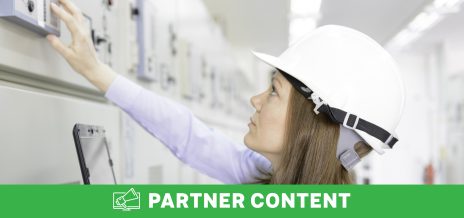
Demand response: Save money by using hydro at the right times
If you could lower your company's hydro bill while contributing to the collective effort to support Quebec’s energy transition, would you? Yes, most likely! How? By curbing power demand for buildings and equipment during peak demand events.
Read more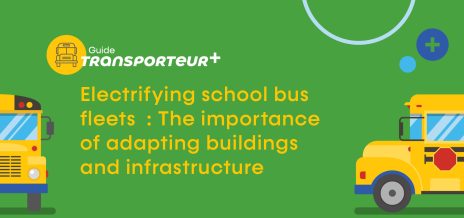
Electrifying school bus fleets : The importance of adapting buildings and infrastructure
In this series of articles, we demystify the key steps of converting your school bus fleet to electric power thanks to the Transporteur+ guide. This guide aims to provide easy and direct access to resources to clarify the steps, issues, conditions and facilitating measures for a successful transition to electrification.
Read more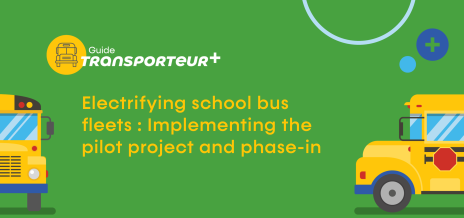
Electrifying school bus fleets : Implementing the pilot project and phase-in
In this series of articles, we demystify the key steps of converting your school bus fleet to electric power thanks to the Transporteur+ guide. This guide aims to provide easy and direct access to resources to clarify the steps, issues, conditions and facilitating measures for a successful transition to electrification
Read more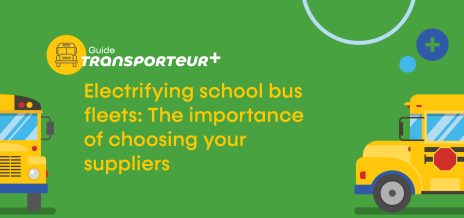
Electrifying school bus fleets: The importance of choosing your suppliers
In this series of articles, we demystify the key steps of converting your school bus fleet to electric power thanks to the Transporteur+ guide. This guide aims to provide easy and direct access to resources to clarify the steps, issues, conditions and facilitating measures for a successful transition to electrification.
Read more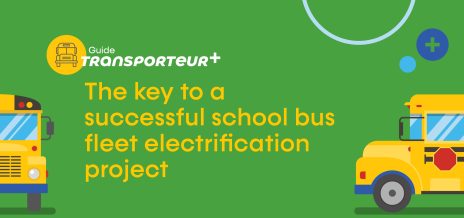
The key to a successful school bus fleet electrification project
In this series of articles, we demystify the key steps of converting your school bus fleet to electric power thanks to the Transporteur+ guide. This guide aims to provide easy and direct access to resources to clarify the steps, issues, conditions and facilitating measures for a successful transition to electrification.
Read more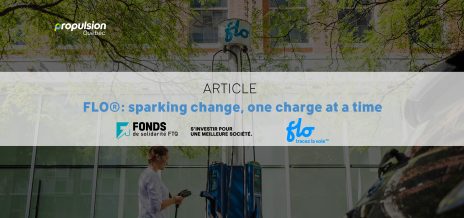
FLO®: sparking change, one charge at a time
FLO became a leader in electric vehicle (EV) charging in North America by integrating the process from start to finish: manufacturing charging stations, developing software and managing its network. To stay ahead of the curve in a fast-moving, innovation-driven market, the company turned to the Fonds de solidarité FTQ to support its growth.
Read more




